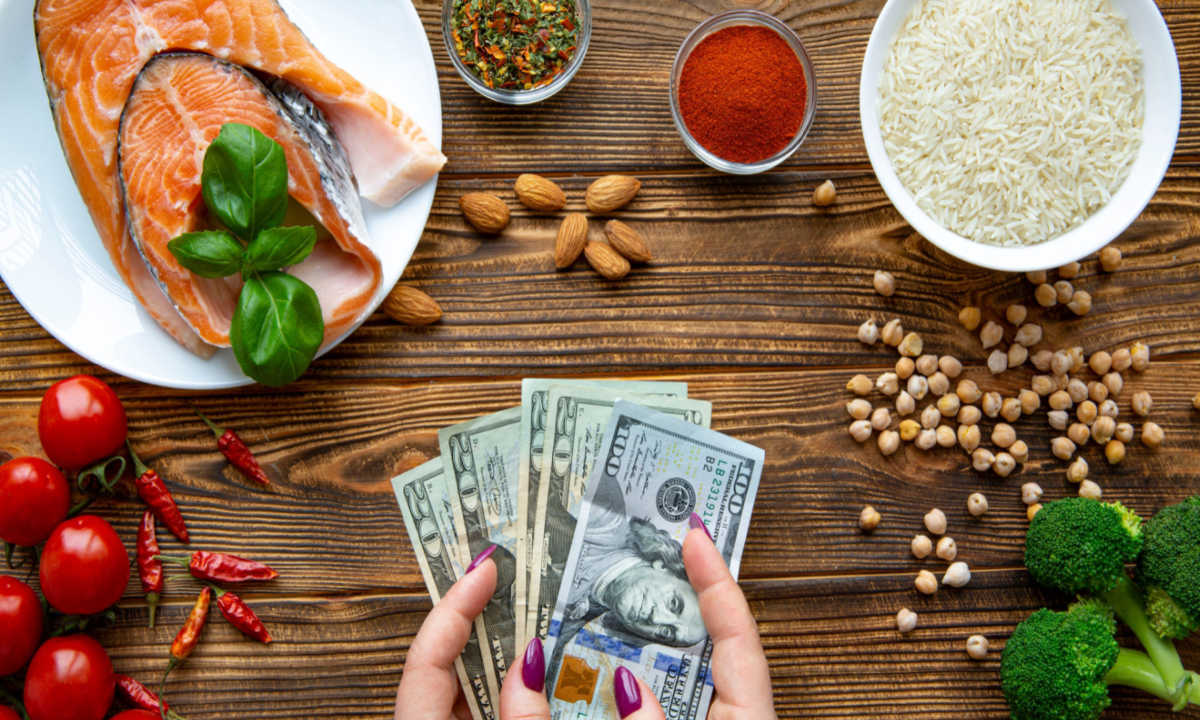Grocers, Meal Kit Makers Step Up as Frugal Consumers Battle Inflation

As consumers resign themselves to paying more for everyday essentials, dining out and ordering in are quickly becoming luxuries they can do without. Suddenly, it seems, preparing a meal at home — whether that means microwaving or mise en place — has regained some of the cachet it lost during the darkest days of the pandemic.
As a result, it’s getting increasingly difficult for restaurants to compete against competition from grocery stores and subscription services that have fine-tuned their models to mesh with demand.
The numbers bear it out. The Consumer Price Index for All Urban Consumers (CPI-U), reported by the U.S. Bureau of Labor Statistics (BLS) last month, revealed that, as prices for all items rose 9.1% year over year, food prices rose 10.4%. Notably, restaurants have actually been absorbing these price increases more than their grocery counterparts. Food away from home (i.e., restaurant) prices rose 7.7% in that time, while food at home (i.e., grocery) prices rose 12.2%.
“When we saw this in the last recession, the Great Recession, we saw that consumption of away-from-home eating was down and replaced by at-home eating,” General Mills CEO Jeff Harmening noted on a call with analysts earlier this summer. “We’re seeing the same kind of behavior starting now … and that’s because customers want to get out more, but the cost of eating away from home is more than double the cost of eating at home.
Read more: General Mills Sees Inflation-Wary Consumers Shifting Away from Restaurants Toward Grocery
Moreover, consumers feel the impacts of food inflation even more than the actual price increases measured by the BLS. A national online study of 3,783 consumers conducted by PYMNTS this month revealed that consumers report paying 20% to 30% more for retail and grocery purchases and to eat at restaurants.
Related news: Why Retailers Should Worry About Inflation but Dread the Wealth Effect
“For the average consumer, reality is not shaped by how much the government tells them things cost; it’s shaped by their personal reality when they go shopping and pay their bills,” PYMNTS’ Karen Webster noted in her commentary on the survey.
Still, consumers’ expectations of convenience, which grew dramatically during the digital shift in the last few years, are not going anywhere. As such, some companies are seeking ways to offer consumers home dining options that are more affordable than restaurant meals but less work-intensive than cooking from scratch. Take, for instance, meal kit providers, which are increasingly adding ready-to-cook or precooked options to their offerings.
Berlin-based direct-to-consumer (D2C) meal kit provider Marley Spoon, which operates in eight countries across three continents, shared on a call with analysts Friday (July 29) discussing the company’s second-quarter fiscal year 2022 earnings results how its moves into ready-to-eat meals are helping the company adapt to consumers’ changing demands.
Founder and CEO Fabian Siegel said that the “integration of our newly-acquired ready-to-eat Chefgood business” contributed to the company’s incremental growth in Australia, referencing the acquisition of Australian ready-made meal company Chefgood at the end of last year. Additionally, Marley Spoon’s Chief Financial Officer Jennifer Bernstein noted that this ready-to-eat business helped drive “the increase in average order value” that the company saw in the quarter.
Similarly, New York-based meal kit subscription service Blue Apron, for one, announced last Monday (July 25) the launch of Ready to Cook meals for subscribers. Customers make these meals by combining the pre-chopped ingredients in the included aluminum tray and then baking them in the oven.
See also: Meal Kit Companies Dabble with Faster Options for Kitchen-Weary Consumers
These moves come as consumers increasingly winnow down their spending to the bare necessities. A PYMNTS survey in March, when price increases were already an issue but not to the extent they are today, found that already 61% of the U.S. adult bought little more than their daily essentials that month, including food, healthcare products and little else.
You may also like: 6 in 10 Consumers Buying Only the Essentials as Inflation Rises
